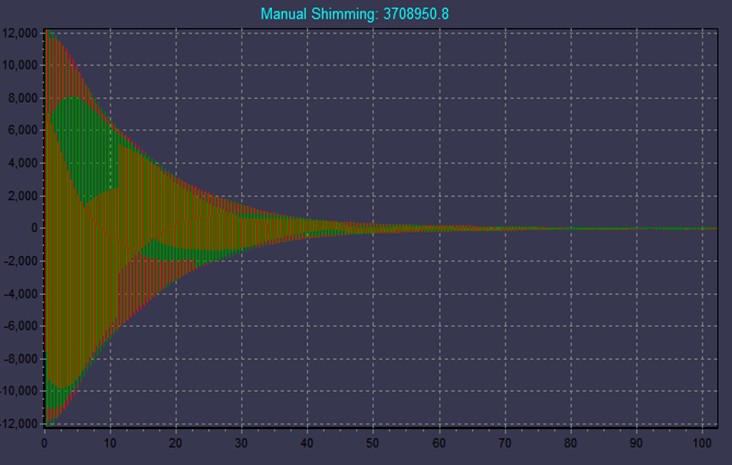A key index to evaluate the performance and quality of NMR magnets is the uniformity and stability of the magnetic field. The uniformity and stability of the magnetic field directly affect the imaging quality, image resolution and imaging artifacts of MRI.
Uniformity of magnetic field
Magnetic field uniformity refers to the uniformity of the main magnetic field within a specific volume limit when there is no inspection object. In magnetic resonance systems, uniformity is measured in parts per million (ppm) as a unit of deviation. For 1.5T magnetic resonance equipment, a deviation unit is T.
Magnetic field stability
The stability of the magnetic field is affected by factors such as ferromagnetic materials near the magnet, ambient temperature, or shimming power supply drift. The uniformity of the magnetic field will often change which is often referred to as magnetic field drift. The degree of drift is described by magnetic field stability.
Magnetic field stability is divided into time stability and thermal stability.
Time stability refers to the degree to which the magnetic field changes with time. The short-term (1~2h) drift of the magnetic field cannot be greater than 5ppm, and the long-term (8h period) drift must be less than 10ppm.
Thermal stability describes the degree to which the magnetic field value drifts with temperature changes.
Why is a highly uniform and stable magnetic field needed?
1. The need for spatial positioning
Frequency encoding and phase encoding are required in the MRI process. If the main magnetic field is not uniform, after adding a linear gradient field in the direction of frequency encoding and phase encoding, the superimposed magnetic field will not be a linear gradient magnetic field, which will lead to frequency and phase. The error, resulting in blur or misalignment of the image.
2. Improve the signal-to-noise ratio
If the magnetic field is not uniform, part of the signal will be lost during the imaging process and the signal-to-noise ratio will be lost. In order to improve the signal-to-noise ratio, a highly uniform and stable magnetic field is also required.
3. Reduce MRI artifacts
The non-uniform magnetic field is more likely to produce artifacts. There are many artifacts related to the uniformity of the magnetic field, such as susceptibility artifacts. A magnetic field with high uniformity can reduce artifacts.
4. The need for large field of view scanning
When doing body imaging, a wide field of view scan is usually required. Therefore, we not only require the magnetic field to be uniform in a very small range, but also require a highly uniform magnetic field in a relatively large range.
5. The need for spectrum analysis
In spectral analysis, we distinguish between different substances by the difference in the precession frequency of a certain kind of magnetic nucleus in different molecules. Because the resonance frequency difference between the metabolites is very small, when the main magnetic field is not uniform, it will cause the magnetic resonance frequency to be miscalculated, and the resonance frequency of each component will be mixed with each other, which will bring great difficulties to the spectrum analysis, even Cannot perform pop analysis.
6. The need for fat signal suppression
Fat signal suppression imaging also requires a uniform magnetic field. Since the frequency of the H protons in fat is very close to that of the H protons in water, the two cannot be distinguished when the magnetic field is not uniform, resulting in failure of fat signal suppression.
 NIUMAG
NIUMAG
